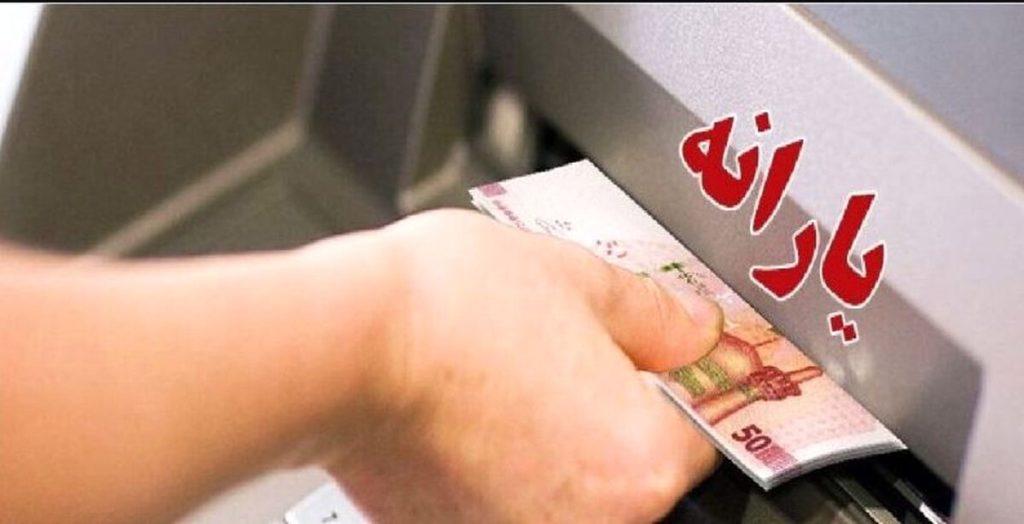
Title: Iran Announces Major Subsidy Restructuring for 2025, Aims for Greater Equity
In a significant move to bolster its social safety net, the Iranian government has announced plans for a substantial overhaul of the national cash subsidy program for the upcoming Persian year of 1404 (2025). The policy shift focuses on increasing payouts for lower-income families while permanently removing benefits for the highest earners, signaling a strategic reallocation of state resources towards more targeted support.
A Push for Real Value
At the heart of the proposed changes is the recognition that the current subsidy amount has been significantly eroded by inflation. Economic experts have been vocal about the need for a substantial increase to make the payments meaningful. Albert Boghzieh, an economist at the University of Tehran, has been cited in domestic reports stating that to genuinely cover living costs, the per-person subsidy should be raised to approximately 1.2 million Tomans per month—a figure that sets a benchmark for public and parliamentary debate.
Targeting and Tiered Payments
The new framework is built on the principle of equity. The government’s plan involves a two-pronged approach:
- Exclusion of High-Income Earners: Officially, three million individuals identified as belonging to the top income decile have already been removed from the subsidy roster.
- Reallocation of Funds: The resources saved from this exclusion are slated to be redirected to strengthen support for the lower and middle-income deciles.
Under the current system, subsidies are already tiered, with the first three deciles receiving 400,000 Tomans and deciles four through nine receiving 300,000 Tomans. The new proposal suggests a more pronounced graduated system, where the lowest-income families could see their subsidies approach the million-Toman mark, while middle deciles would receive a more modest increase.
The Government’s Fiscal Challenge
The central question surrounding this ambitious plan is the government’s capacity to fund it. While the proposed increases are popular, their implementation hinges on navigating significant economic constraints, including budget deficits and existing national debts. The government’s ability to secure the necessary financial resources will be the ultimate test of this policy’s viability.
Analysts suggest that a combination of measures, including further structural reforms in the national budget and taxation systems, may be required to sustainably finance the enhanced subsidy program. Alternative payment methods, such as a hybrid of cash and electronic vouchers for essential goods, are also under discussion to ensure the support retains its real value for recipients.
This planned subsidy restructuring represents a key political and economic priority, underscoring a commitment to social justice through a more efficient and impactful distribution of state aid. The coming months will be critical as the government finalizes the details and works to turn this proposal into tangible support for millions of Iranian families.